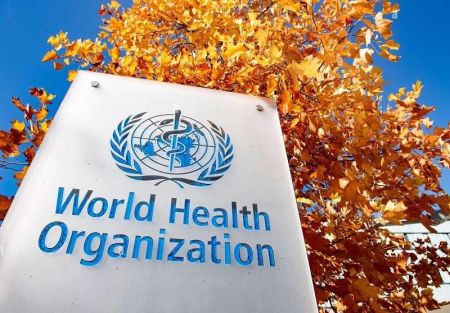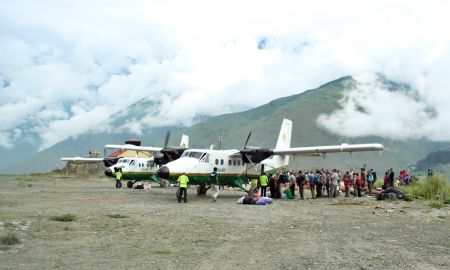March 6: A few days ago, Nepal Rastra Bank lowered the cap of domestic remittance and decided not to allow transfer of more than Rs 25,000 per person in one day. Earlier, remittances up to Rs 100,000 were allowed within the country.
NRB officials said they took such measures due to an increase in remittances through the illegal ‘hundi; channel. He said that such decision was taken after the Nepali migrant workers started sending money to their relatives through hundi.
Questions have been raised about where the money sent by Nepali workers from abroad goes after the inflow of remittance started declining steadily after the peak of the Covid-19 crisis.
However, no study has been conducted on whether the income of Nepali nationals living abroad has declined or whether the inflow of remittance to Nepal has declined.
Some experts suspect that Nepalis are more inclined towards cryptocurrency in recent times.
Former executive director of NRB Nara Bahadur Thapa, on the other hand, argued that the problem has surfaced due to the tiresome process of sending remittance as per the government’s criteria.
"Besides, sending remittances to Nepal is expensive," he said, adding that the government casts an evil eye if anyone sends a good amount of money back home. “The government has even suspended accounts of those who send money back home in dollars,” added Thapa.
Labor, immigration expert, and advocate Som Luintel, who is studying the field of foreign employment meticulously, said that the declining remittances at this time is the effect of Covid-19 pandemic which halted the foreign employment business some time ago.
"Remittances were sent by Nepalis who had gone abroad earlier during the Corona epidemic. But the number of Nepali migrant workers declined during the peak of Covid-19 and the result is seen now," he said.
NRB spokesperson Gunakar Bhatt also estimated that remittances have declined due to the decline in the number of people going for foreign employment when the pandemic was at its peak. He said that the inflow of remittances will increase after the number of people going for foreign employment starts rising again.
However, some NRB officials say that the activity of hundi trading may have increased after the restrictions were lifted.
The youths who have gone for foreign employment have sent remittances of Rs 468.45 billion as of December 2021 in the current fiscal year, which is 5.5 percent less than the remittance sent during the corresponding period of last fiscal year.






















